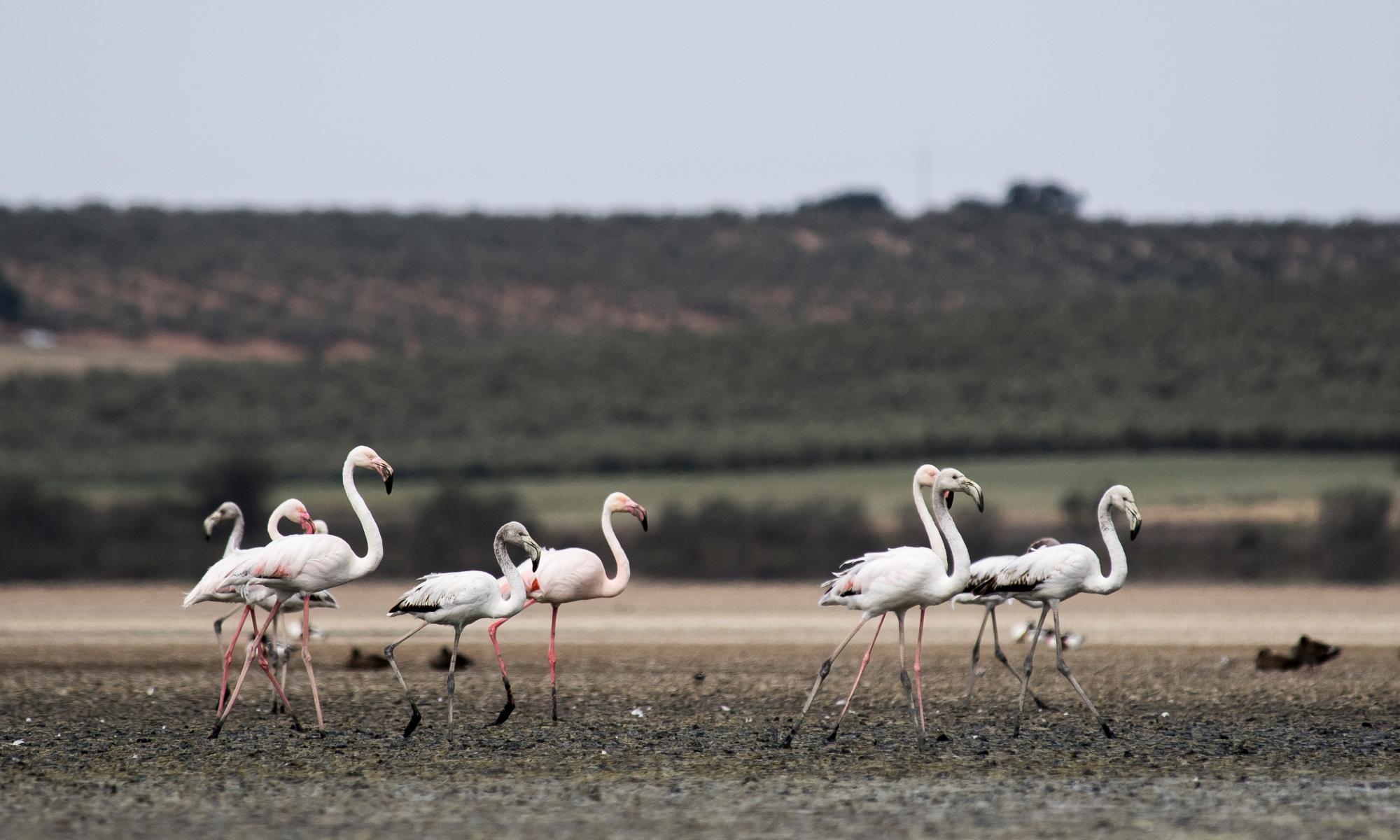This time has to be different. In the history of UN biodiversity agreements, governments have never made good on targets they have set for themselves. We have all heard the dramatic warnings: the abundance of life on Earth is rapidly declining and some scientists warn of a sixth mass extinction. But real action is yet to follow from world leaders.
How do we halt the decline of nature?
“This is our third go at [agreeing biodiversity targets]. A lot of learning has gone into understanding what happened the previous two times, and what worked and what did not,” UN environment chief Inger Andersen told the Guardian ahead of Cop15, taking place in Montreal, Canada this December.
“Right now we are on this trajectory of losing one million of our 8 million species on this planet. That’s clearly not a trajectory we want to be on. We need to change the actions that we need to do as human beings: we need to eat and live in ways that are nature positive.”
So, what next?
The dismal record on delivery has driven disillusionment with the biodiversity Cop process, which already plays second fiddle to its sister climate convention. To make sure the eventual agreement has teeth – known as the post-2020 global biodiversity framework – negotiators are focusing on implementation alongside ambition this time.
High-profile targets on protecting 30% of the Earth, eliminating billions of dollars of environmentally harmful subsidies and reducing the spread of invasive species may dominate the headlines about the eventual agreement, but it is follow-through on details at a national and local level that will really change things.
A few things are needed to make sure the agreement at Cop15 is implemented, say observers. First: numerical targets that are quantifiable and measurable. All parts of society must know the exact percentage of land that will be restored or the precise amount of pollution governments will stop. There must be milestones we can all monitor so we can name and shame those who are not true to their word. Bad targets are imprecise, hard-to-quantify and will lead to the inaction we have already seen.
Second, we must improve the quality of data we have about our planet. Humanity’s understanding of life on Earth and its ecosystems are still flawed and there are major gaps. Projects like the Land & Carbon Lab at World Resource Institute (WRI) are trying to fill in the details on peatlands and nature-based solutions. Datasets on deforestation have proved invaluable for monitoring the health of key ecosystems like the Amazon and the Congo basin rainforests. But we need more.
Finally, countries must report the biodiversity equivalent of nationally determined contributions (NDCs), which are updates from governments in the UN climate process on how they are meeting their Paris targets. For nature, they are called National Biodiversity Strategies and Action Plans (NBSAPs). Despite the awkward name, Anderson says they will be key.
“The National Biodiversity Strategies and Action Plans that countries will report back on how are sort of like NDCs for the biodiversity convention. They will help us add up how we are doing against clear and definable targets. They will be critical so we can measure how we are doing,” she says.
This piece first appeared in Down to Earth, the Guardian’s climate and environment newsletter. Sign up here to read more exclusive pieces like this and for a digest of the week’s biggest environment stories every Thursday


